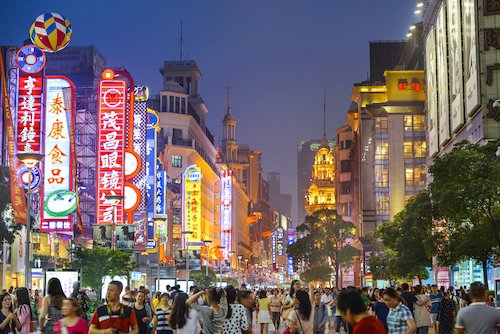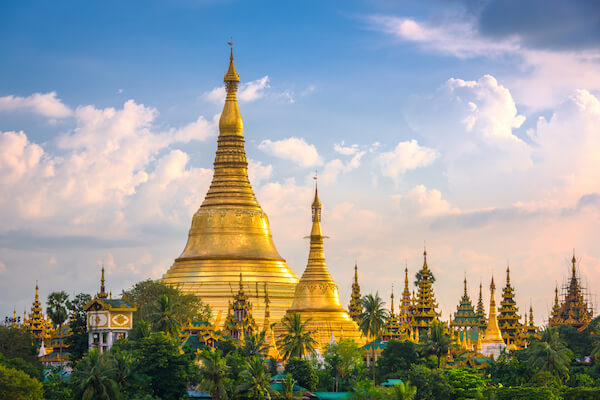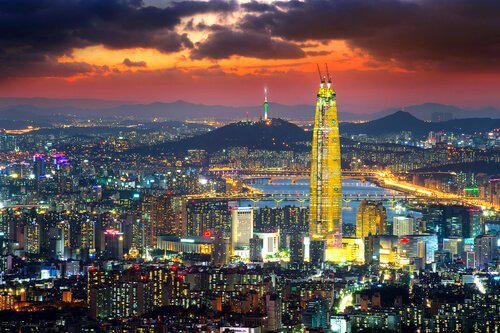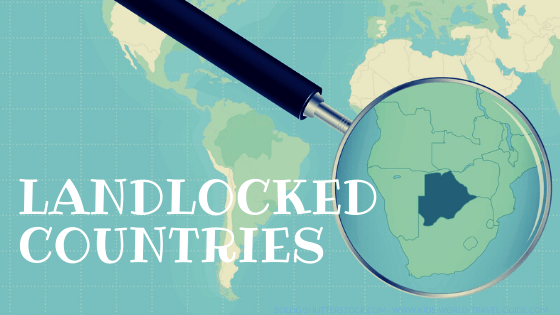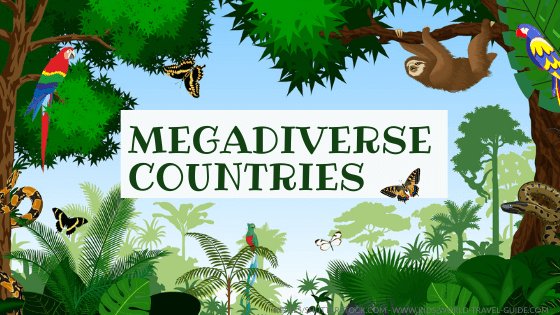Iran Facts
Interesting Facts for Kids

Here are some interesting Iran Facts for Kids which were chosen and researched by students especially for children.
Iran Facts for Kids

- Population: 87 million people live in Iran (2022).
- Capital: Teheran with 9 million inhabitants
- Name: Islamic Republic of Iran
- Government: theocratic republic
- Languages: Farsi (official language), while Azeri and Kurdish are among other most spoken languages
- Literacy: About 85% of all Iranians aged 15 years and over can read and write.
- Religion: Islam (99.6%). The vast majority are Shia muslims.
- Currency: 1 rial equals 100 dinars
- Flag colors: green, white and red, with a red tulip in the white band
- National day: 1 April - the republic was declared in 1979
- National animal: lion
- History: The country was settled already in 4000 BCE and is known as one of the world's earliest civilisations. The country was referred to as Persia until 1935 when the name was changed into Iran. In 1979, the last shah (king) Mohammad Reza Pahlavi was overthrown during the Iranian Revolution and the Shah had to go into exile. Since 1979, Iran is ruled as an Islamic Republic by the Supreme Leader or Leader of the Revolution. Since 1989, Ali Khamenei is the Supreme Leader.
Where is Iran? - Iran Map
Iran is located in western Asia in a region referred to as Middle East. Iran is the easternmost country of the Middle East.
Iran borders seven countries. The countries bordering Iran are: Armenia, Azerbaijan, Turkmenistan, Afghanistan, Pakistan, Iraq and Turkey (you will find them on the map below).
 Map of Iran
Map of IranThe longest border is shared with Iraq and is 1,599 km/ 994 miles long. The Persian gulf borders eight countries. Iran has the longest coastline along the Persian gulf with 1,536 km/ 954 miles.
Iran is more than three times as large as Spain or slightly smaller than the US state of Alaska!
Iran for Kids | Iran Geography
Most people in Iran live in the northern and western parts of the country, the eastern parts with the Dasht-e-Lut desert and the center of the country are only sparsely populated.
Tehran is the largest city of the country with more than nine million inhabitants.
The Persian Gulf forms the natural border in the country's South while the northern parts of Iran border the Caspian Sea. The center of the country is dominated by a high basin that is framed by rugged mountains in the west.
 Tehran is the capital city of Iran
Tehran is the capital city of IranMost of the country lies on a plateau which is bordered by a salty dry desert in the eastern region. In fact, desert only covers 22% of Iran's landmass. More than half of the area of country is dominated by shrubs and pastures, but only one tenth of the country is forested.
The highest mountains are the Alborz mountains that are located in the northern parts of the country. The country's highest mountain, Mount Damavand, is located there.
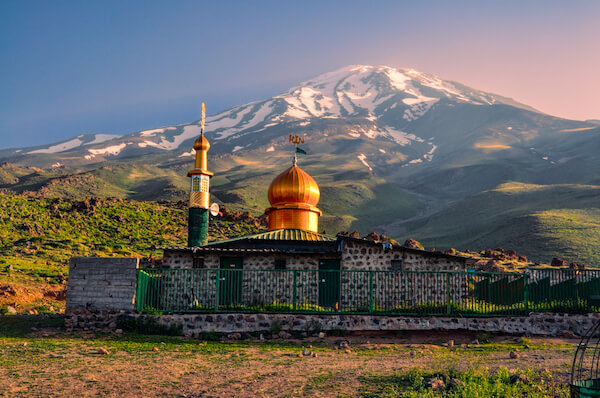 Iran Mount Damavand
Iran Mount DamavandMount Damavand is in fact a stratovolcano and the highest volcano of the Asian continent!
The huge country has many different climate zones ranging from arid and dry zones to subtropical zones.
Iran Facts for Kids
Iran Superlatives
- The highest mountain is Mount Damavand with 5,610 metres (18,402 ft)
- Iran borders the world's largest inland lake or water body, the Caspian Sea. Here is also the lowest point of the country that are 28 meters/ 92 ft below sea level.
- The only navigable river in Iran is the Karun River with over 950 km/ 590 miles in length.
- The South Pars natural gas field in the Persian Gulf is the largest natural gas field in the world. This gas field is shared with Qatar.
- Iran is the world's largest exporter of saffron.
 Saffron
SaffronIran Facts
Attractions for Kids
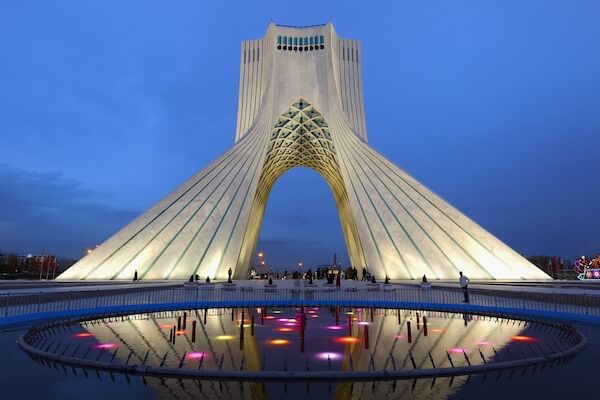 Freedom Monument in Tehran - image by GTW/shutterstock.com
Freedom Monument in Tehran - image by GTW/shutterstock.com Milad Tower in Tehran
Milad Tower in Tehran Persepolis
Persepolis Isfahan
Isfahan Qom Mosque - image by Mehmet O
Qom Mosque - image by Mehmet O Persian Garden in Shiraz
Persian Garden in Shiraz Bam Castle - UNESCO world heritage site
Bam Castle - UNESCO world heritage siteIran has 26 UNESCO world heritage sites, read more about these fascinating sites here.
Iran Facts | People in Iran
 Ayatollah Khamenei - image by Attila Jandi
Ayatollah Khamenei - image by Attila JandiIran is an Islamic republic. The country is led since the Revolution in 1979 by a Supreme Leader. This leader is Ayatollah Khamenei since 1989 after the death of the 'Father of the Iranian Revolution' Ayatollah Ali Khomeini. He has all powers and leader of the country. The current president is the cleric Ebrahim Raisi, who has been elected in 2021 by the people but he mainly has representative duties.
Iran very strictly enforces the Sharia or Islamic laws. Women in Iran are forced to wear a hijab (a cloth to cover the hair) and the Iranian rulers act very strictly if women don't want to cover their heads or are very modestly dressed - even if the women obey the Muslim rules. According to the rules of Islam, Muslim women cannot be forced to wear headscarves! They should be allowed to choose for themselves. But this is sadly not the case in Iran.
Girls in Iran have to wear a hijab from age of nine years. Furthermore the legal age for girls to get married is 13 years and for boys is 15 years. And men are allowed to have four wives.
Primary school education is mandatory for both, girls and boys - and free but up to age 12 or Grade 5 only.
 Girls in school uniform in Iran
Girls in school uniform in IranMany women and man in Iran see the compulsory head coverings in Iran as signs of oppression. In recent weeks men and women in the country take to the streets to protest and fight for a democratic change.
Most people in Iran live in the country's cities. The largest cities in Iran are Tehran, Marshhad, Isfahan, Karan, Shiraz, Tabriz, Qom and Avaz. All these cities house more than 1 million people.
Iran Facts for Kids
Economy of Iran
Iran is the largest producer of saffron in the world. Iranian saffron is known for the high quality. More than 90% of the world's saffron originates from Iran! The spice is taken from the dark red flat, long and thick threads of the saffron or autumn crocus.
 Saffron crocus
Saffron crocusAmong the main agricultural products are fruits such as apricots, cherries and watermelon as well as nuts and seeds such as pistachios and walnuts.
Petroleum products, iron ore, polymers and pistachios are the main export products. China, India, UAE, South Korea and Turkey are the main trading partners of Iran.
Besides the natural gas field offshore, Iran also has large oil fields in the country's southwestern region along the Persian Gulf and the Zagros mountains.
Iran is known as having one of the largest oil reserves in the world ranking fourth - after Venezuela, Saudi Arabia and Canada.
Iran Facts | Food in Iran
The traditional diet in Iran contains rice, meat, vegetables, fruits and seeds or nuts. Spices such as saffron, cinnamon, turmeric or cardamon are used in many dishes. Rice and/or flatbread accompanies most dishes.
Here is some typical food from Iran:
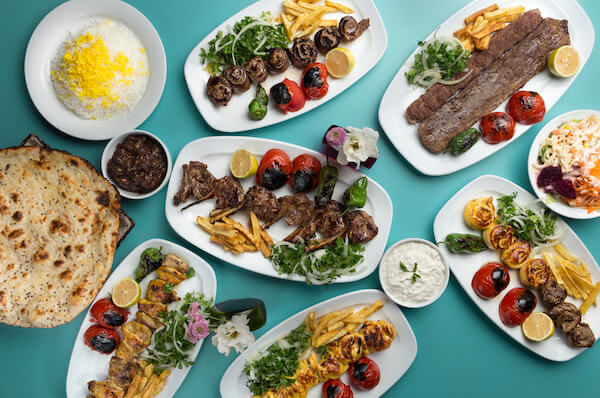 Various traditional kebab dishes
Various traditional kebab dishes- Chelow kebab: Considered by many the national dish, chelow kebab consists of marinated and grilled meat junks, mainly beef, lamb or chicken that have been threaded on skewers. However, there are many different kinds of kebabs served in Iran and all involve barbecued meat.
- Kuku: green egg tart or quiche made with herbs and potato, a bit similar to an Italian frittata
- Shirin polo: This pilau is also referred to as jewelled rice or Persian wedding rice, is a dish made with rice, raisins, carrots, almonds and pomegranate kernels.
 Jewelled Rice
Jewelled Rice- Koresh bademjan: stew made with eggplants (brinjals), tomatoes and saffron and verjuice
- Borani: creamy salad dish made with cucumber and yoghurt or eggplants and spices
- Sholezard: Saffron rice pudding made with rice, sugar, saffron, cinnamon, rose water and butter
Iran Facts | Animals in Iran
Iran is home to jackals, lynxes, wolves, gazelles and many domestic animals such as donkeys, goats, horses and camels.
The unique cat species called Persian cats, also referred to as Shiraz cats, originate from the Shiraz region of Iran.
 Persian Cat
Persian CatThe Asiatic cheetah and the Persian leopard are rare and highly endangered animals living in Iran.
The Persian Gulf is home to many marine mammals such as finless porpoises, dolphins or whales as well as the more rarer dugongs or sea cows.
Popular Pages
Iran Facts for Kids | Resources
- Central Intelligence Agency. "Iran" CIA. Last updated 12 September 2022. Last accessed 29 September 2022
- American Iranian Council. "Myth vs Fact: Geography of Iran". http://www.us-iran.org/resources/2018/11/10/myth-vs-fact-geography-of-iran. Last accessed 29 September 2022.
- Joshua Askew. "Explained: Why is the hijab significant in Iranian society". EuroNews. 25 September 2022. Accessed 29 September 2022
- UNESCO. Iran World Heritage Centre here. Last accessed 3 October 2022
Feel free to contact us if you or your school would like to join in our schools project. Looking forward to hearing from you! And enjoy learning more great Iran Facts for Kids soon:-)
Picture credits: own or shutterstock.com
Return from Iran Facts to Kids-World-Travel-Guide Homepage
Competition 2024 is open!

More about Asia
More about Countries and Territories in Asia
 Indonesia
Indonesia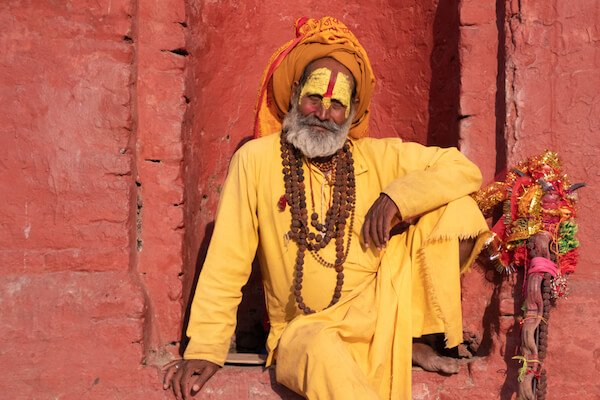 Nepal
Nepal Sri Lanka
Sri Lanka Thailand
Thailand***
Like us
Competition 2024









